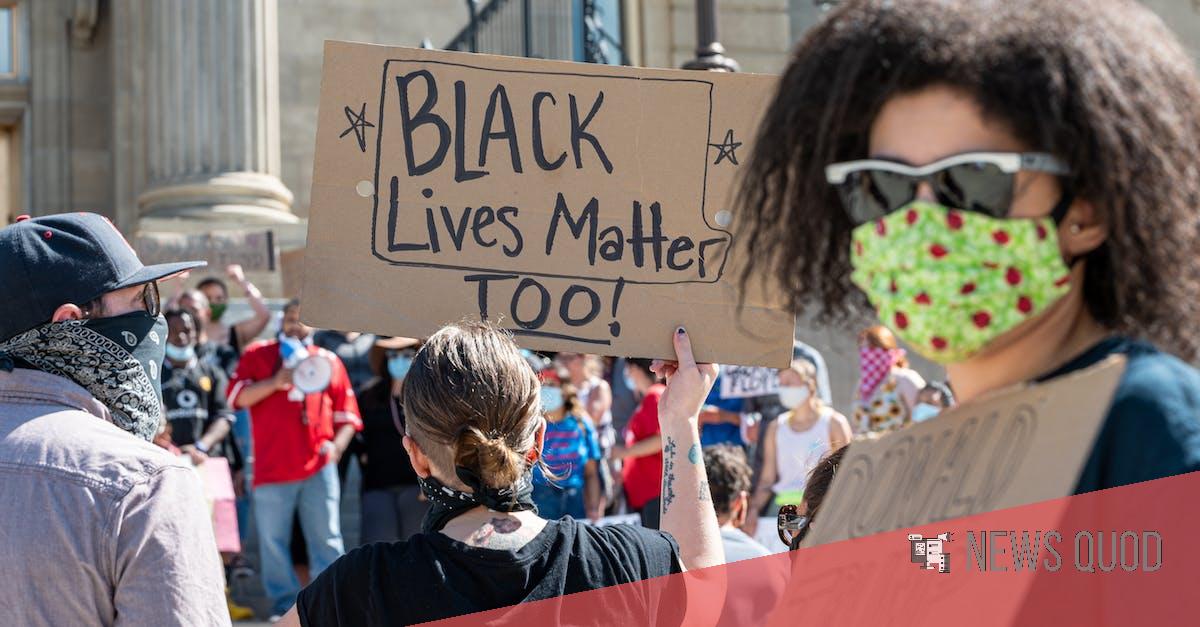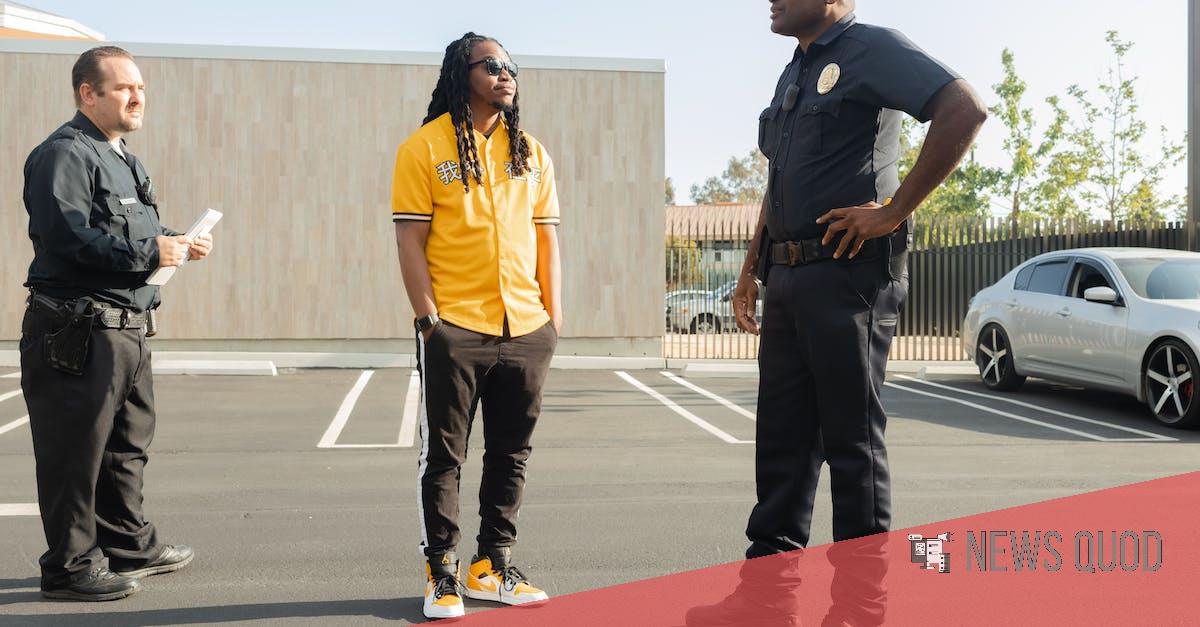Why corporate climate pledges don’t always stand up to scrutiny

In the midst of businesses coming under pressure from investors and consumers to tackle emissions, Peter Dutton is determined to make the current government one of the joint efforts between Greens as well as Labor. The decision to oppose any policy on climate changes has given Bandt the upper hand on choosing Labor’s policy. The majority of corporate climate promises we see don’t address the main carbon-based sources, despite the efforts. McDonald’s is announcing that it will equip its restaurants with LED lighting. They will also make use of renewable energy sources to provide electrical power. But the firm’s strategy for reducing carbon emissions from producing beef remains undefined.
1. What’s Peter Dutton’s policy in relation to climate change?
Peter Dutton, the Australian Minister for Home Affairs and Minister for Immigration and Border Protection, has expressed a strong stance on climate policy. Dutton has been in favor of a reduction in the amount of carbon dioxide emissions and a more substantial investments for renewable energy. He has also stated that he believes the private sector must be encouraged to assume accountability for the contribution they make to climate change and that governments should provide incentives for companies to do the same. Dutton has also urged increasing international cooperation regarding the field of climate change. Australia is a signatory to the Paris Agreement.
2. How are businesses responding to investor and customer demands on the environment?
Customers and investors have put pressure on businesses to do something against climate change in recent the past few years. Businesses have often made public pledges to lower their carbon footprint and also established ambitious goals for the future. These pledges are often not suitable for review when they’re scrutinized closely. There are many pledges that have caveats, or don’t contain enough information to make them meaningful. Some businesses, for instance, are claiming that they are “carbon neutral” but are doing so without offsetting their carbon emissions, leading to an unsubstantiated sense of progress.
3. What are the primary carbon emission sources?
Recent news articles on Why Corporate Climate Pledges Do Not Always Meet Examiners has brought to light a critical issue: that of the most significant sources of carbon emissions which must be tackled. In order for any corporate climate change pledges to work one must be aware of the source of these emissions from and the best way to decrease them. One of the main causes of emission are those related to the combustion of fossil fuels, including oil, coal, and natural gas for energy production and transportation. Carbon emissions from steel and cement manufacturing, and other industrial processesmay cause significant emissions. Land-use and land-use changes for example, deforestation may also significantly contribute to carbon emissions.
4. Which strategies are the strategies McDonald’s employ to reduce emission levels?
McDonald’s is one of the leading restaurant chains in the world. And they have recently made strides to reduce emissions from the restaurants they operate. In order to achieve this they’ve employed various methods to also reduce the amount of carbon dioxide they emit from their restaurant and use greener energy sources. The restaurant has also started to invest in energy-efficient lighting, appliances and refrigeration systems. The company has also taken measures to decrease drinking water, and this includes installing water-efficient appliances and fixtures. McDonald’s also uses renewable energy including solar, wind and geothermal for powering its restaurant outlets.
5. How can McDonald’s help reduce the emissions of its production of beef?
McDonald’s has announced recently plans to cut emissions related to its beef production by changing their production and sourcing practices. The firm has three major aspects of concern: improving efficiency in production of beef feed as well as converting to renewable energy sources as well as optimizing their beef production process. For feed production, McDonald’s is working with suppliers to cut down on the amount of water and energy required in the making of their feed. They also invest into practices and technologies that cut methane emissions from cows’ digestive systems. They’re also moving to renewable energy sources like geothermal, solar and wind to lessen their dependence on fossil fuels.
A Quick Summary
The potential loss of its safeguard mechanism has caused a lot of questions about those who stand to lose. While businesses could have something to lose, it is clear that they’ve failed to do enough to lower their emissions or that of their supply chain. If climate change is not treated, both the environment and individuals who live on it will bear the brunt of the burden. Industry and business will need to take urgent action to implement sustainable solutions for a better future for all.








